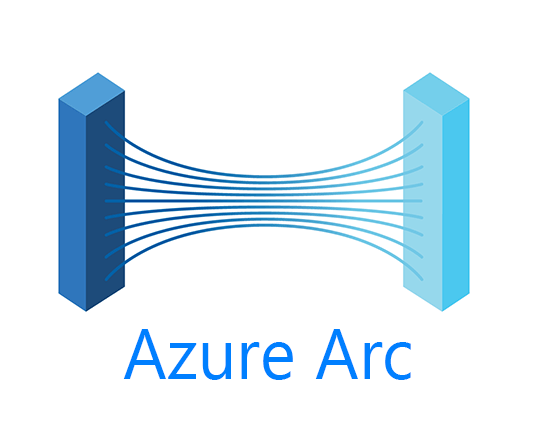
Welcome to the final part of the Azure Arc Deep Dive series. We’ve covered what Azure Arc is, how to plan and deploy it, and where it shines in real-world scenarios.
In this post, we’ll shift gears and share lessons learned, common pitfalls, and “gotchas” that you’re likely to encounter when deploying Arc in production.
🐌 Agent Performance and System Overhead
While lightweight in most cases, the Connected Machine Agent and Kubernetes agents can introduce:
- Memory and CPU overhead (especially on resource-constrained systems)
- Logging volume that can flood ingestion pipelines if not tuned
- DNS or proxy issues if outbound communication is filtered
💡 Tip: Use Log Analytics agent filtering and monitor resource usage after onboarding.
🧩 Monitoring and Visibility Limitations
Azure Arc gives you visibility — but not parity with native Azure resources:
- Update Management doesn’t support all OS types or edge scenarios
- Performance counters can be incomplete on certain Linux distros
- Guest Configuration may miss changes if not polled frequently
📝 Arc is powerful, but not a drop-in replacement for full Azure VMs.
🧱 Azure Policy & Guest Configuration Challenges
DeployIfNotExistsoften fails silently if permissions or network rules are missing- Guest Configuration requires proper agent configuration, which may break if the machine is imaged or renamed
- Policies can appear as “compliant” but not actually apply remediation
🔍 Always validate with a test resource group before assigning policies at scale.
🔒 Security Assumptions and Identity Pitfalls
- Machines onboarded with interactive logins may not persist identity across reboots or images
- Service principals must have very specific RBAC to enable consistent deployment
- If onboarding via automation, be careful not to expose credentials in pipeline logs or scripts
✅ Use Managed Identity and Key Vault integrations wherever possible.
💸 Unexpected Billing and Defender Costs
Azure Arc itself is free for basic use — but:
- Defender for Cloud plans do charge per node (server or cluster)
- GitOps sync, policy assignments, and Log Analytics can trigger hidden costs
- Data ingestion from edge/remote sites may be expensive if not throttled
📉 Use Cost Analysis and Azure Monitor filtering to stay within budget.
🧰 Operational Gaps in Large-Scale Environments
- Bulk onboarding at scale can hit throttling limits or identity conflicts
- Monitoring config drift across 100s of resources becomes hard without automation
- Arc status alerts aren’t always real-time — disconnected devices can appear healthy for hours
🔁 Combine Arc with Azure Lighthouse or custom alerts for enterprise-scale ops.
🧭 Final Thoughts
Azure Arc is an incredibly powerful tool — but it’s not magic. Successful deployments depend on:
- Careful planning and connectivity validation
- Automation and IaC-first approaches
- Realistic expectations about parity and limitations
Used well, Arc can unify management across fragmented infrastructure and give you a clean control plane for even the messiest environments.
🙏 Thanks for Reading
This wraps up the Azure Arc Deep Dive series — I hope you’ve found it helpful. If you’ve used Arc in production, I’d love to hear your war stories, tips, or feedback.
You can connect with me on LinkedIn or contribute suggestions to the GitHub repo.
Stay secure — and good luck wrangling your hybrid cloud!